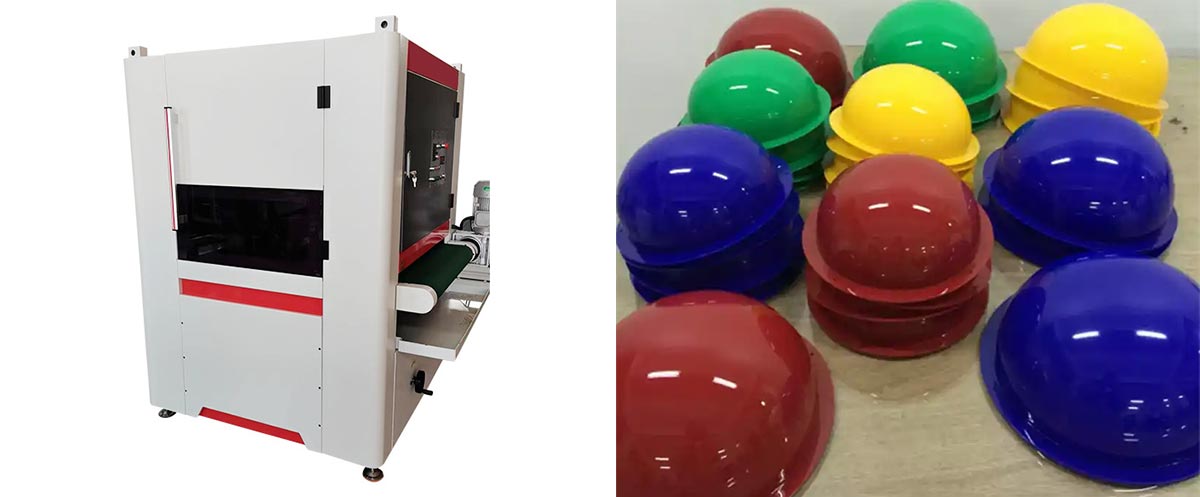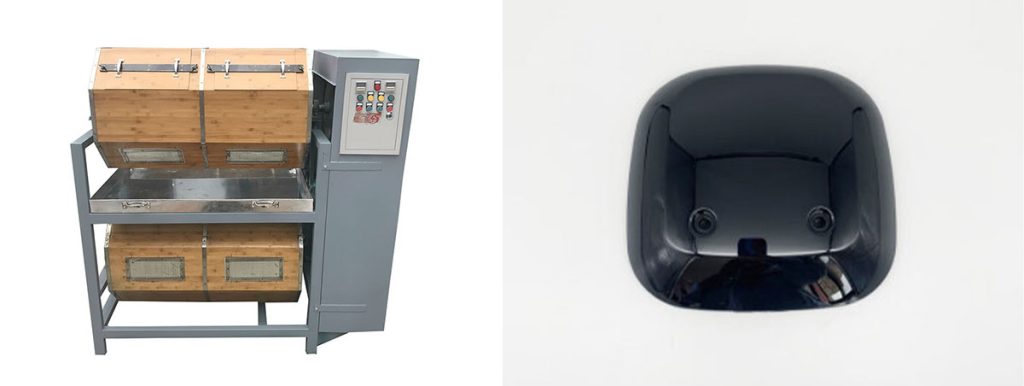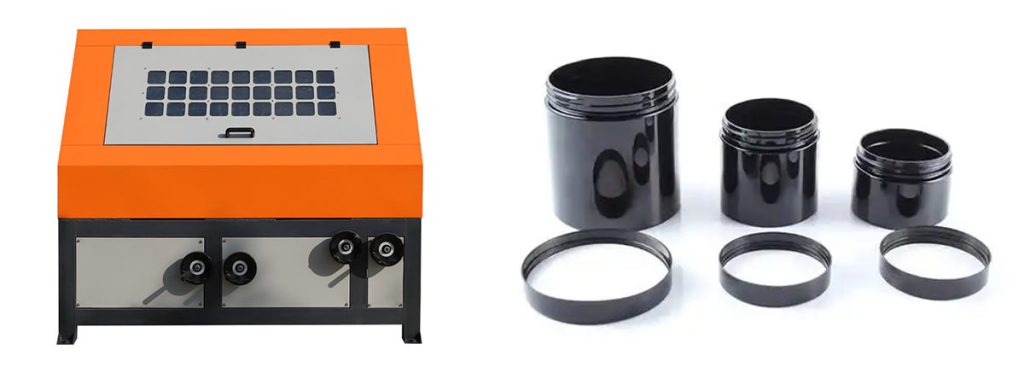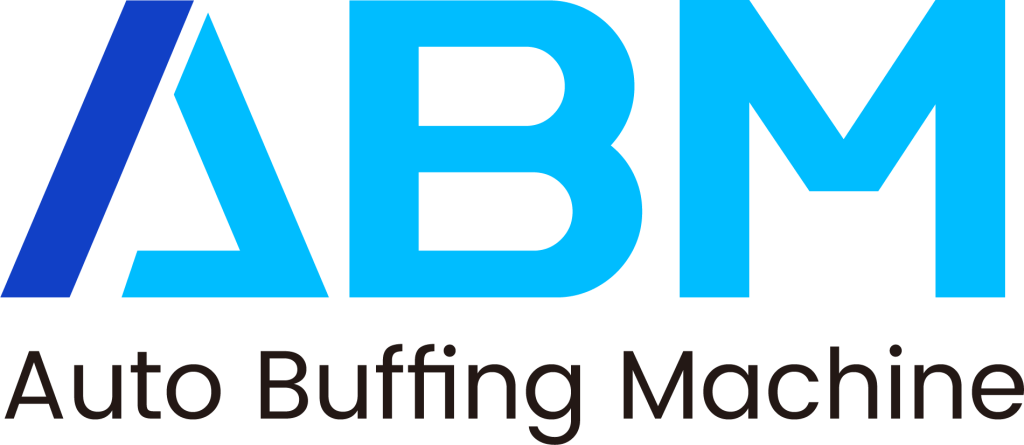

Automation has significantly transformed the process of buffing plastic, revolutionizing manufacturing by boosting both efficiency and quality. With advanced technologies such as AI-driven systems, real-time monitoring and adjustments are now possible, ensuring flawless surface finishes. Predictive maintenance algorithms play a crucial role in reducing downtime by detecting potential issues early. Recent innovations include enhanced automation, greater machine flexibility, and adaptive buffing plastic techniques that respond to changing conditions. These advancements not only optimize energy usage but also cut down on material waste, making them essential for modern manufacturing. Embracing these trends helps businesses stay competitive in a rapidly evolving industry.
Key Takeaways
- Automation helps make buffing plastic faster and better.
- Smart systems and IoT tools check work instantly, saving time.
- New robots work more accurately and need less human help.
- Green tech uses less energy and creates less waste.
- Using new buffing machines early saves money and works better.
Current Automation Technologies in Buffing Plastic
Automation technologies have reshaped the buffing plastic process, offering improved efficiency and quality in manufacturing. Current systems focus on precision, safety, and sustainability, making them indispensable in modern production environments. Below are the key technologies driving advancements in polishing and buffing operations.
Robotic Buffing Systems
Robotic buffing systems have become a cornerstone of industrial automation. These systems utilize robotic arms equipped with precision tools to deliver consistent results. Industries such as automotive and aerospace rely heavily on robotic polishing machines to achieve high-quality finishes. Real-time monitoring capabilities enhance performance by detecting and correcting errors during the surface finishing process.
| Benefit | Description |
|---|---|
| Enhanced Safety | Robots make work safer and more accurate, lowering injury risks and needing less manual work. |
| Energy Efficiency | Energy-saving designs and green materials help the planet and cut costs. |
| Precision | Robotic systems excel in applications where precision and repeatability are critical. |
| Sustainability | Advanced dust collection systems make robotic solutions more sustainable. |
Robotic finishing work cells also contribute to sustainability by reducing waste and improving energy efficiency. These systems are ideal for applications requiring precision and repeatability, ensuring consistent results across the production process.
CNC Machines for Precision Buffing
CNC machines play a vital role in enhancing the precision of buffing plastic. These machines use controlled deburring, polishing, grinding, and heat treatment to achieve superior surface finishes. Cryogenic deburring, a specialized CNC technique, removes burrs from plastic parts using liquid nitrogen. This method is faster and more efficient than traditional manual deburring, making it a preferred choice in plastic processing.
CNC machines maintain tight tolerances, ensuring consistent quality in the production process. However, they also face challenges, such as deformation during machining due to the softer nature of plastics. Proper tooling and advanced automation technologies can mitigate these issues, ensuring reliable results.
Capabilities and Limitations of Current Systems

Current buffing equipment offers numerous capabilities, including enhanced safety, energy efficiency, and real-time monitoring. Fully automated systems improve efficiency through predictive maintenance, reducing downtime and ensuring consistent quality. IoT-enabled devices further enhance accuracy by providing data analytics for predictive maintenance.
Despite these advancements, challenges remain. The malleability of plastics can lead to raw material distortion, making bar feeding and fixturing difficult. Burring is more prevalent in plastics than metals, requiring additional operations to remove. High initial investment costs and workforce training gaps also hinder the adoption of advanced buffing equipment. Addressing these limitations is crucial for maximizing the potential of process automation in manufacturing.
Emerging Trends in Automation for Buffing Plastic
Artificial Intelligence in Buffing Processes
Artificial intelligence (AI) is transforming the buffing process by enhancing efficiency and quality. AI-driven technologies improve surface finishing processes through real-time monitoring and adjustments. These systems analyze data continuously to ensure high-quality finishes while minimizing material waste. Predictive maintenance algorithms play a crucial role by identifying potential issues before they disrupt operations. This reduces downtime and optimizes the use of buffing equipment.
The integration of AI with IoT systems further enhances automation technologies. Buffing machines equipped with AI can adapt to changing conditions, ensuring consistent results. This combination of AI and IoT represents a significant trend in industrial automation, driving continuous innovation in manufacturing.
Advanced Robotics for Buffing and Deburring
Advanced robotics is revolutionizing buffing and deburring applications by offering unmatched precision and adaptability. Unlike traditional systems, advanced robotic polishing machines utilize AI-powered tools to optimize surface finishing processes. These systems learn from previous operations, improving efficiency and reducing waste. Real-time monitoring capabilities allow robotic systems to detect and correct errors during operation, ensuring consistent results.
Robotic deburring machines excel in handling intricate tasks with high accuracy. They minimize manual intervention, reducing error rates and labor costs. Additionally, these systems prioritize energy efficiency and sustainability, aligning with modern manufacturing trends. Advanced robotics is a key driver of automated polishing system adoption, enabling manufacturers to achieve superior quality and efficiency.
IoT-Enabled Buffing Operations
The Internet of Things (IoT) is reshaping buffing operations by enabling smarter and more efficient processes. IoT-enabled buffing machines detect variations in material thickness and adjust speed or pressure automatically. This reduces waste and ensures uniform finishes. Sensors collect real-time data on parameters like speed, pressure, and temperature, allowing for continuous optimization.
Remote control capabilities enhance operational flexibility. Operators can monitor performance and adjust settings without being on-site, reducing response times. IoT integration also improves troubleshooting by generating detailed diagnostic reports, saving time and resources. These advancements make IoT a cornerstone of modern buffing equipment, driving productivity and quality improvements in manufacturing.
Eco-Friendly Automation Technologies
Eco-friendly automation technologies are reshaping the buffing process by prioritizing sustainability without compromising efficiency. Recent advancements in this field include energy-efficient machines that significantly reduce power consumption. These machines utilize optimized designs and variable speed controls to minimize energy usage, which lowers operational costs and reduces the carbon footprint of traditional buffing systems. By adopting these innovations, manufacturers can align their operations with sustainable practices while maintaining high-quality results.
The use of eco-friendly buffing materials further enhances sustainability in manufacturing. Many of these materials are recyclable or biodegradable, reducing environmental impact while remaining effective in achieving smooth finishes. For instance, some plastic buffing machine systems now incorporate recyclable components, which contribute to a circular economy by minimizing waste. These materials ensure that the buffing process remains both efficient and environmentally responsible.
Several key features of eco-friendly automation technologies include:
- Energy-efficient buffing machines that lower operational costs and carbon emissions.
- Recyclable components that enhance environmental benefits.
- Biodegradable buffing materials that reduce waste and maintain effectiveness.
- Integration of IIoT and AI technologies to improve productivity and sustainability.
The integration of IIoT and AI in automatic buffing machines has further advanced sustainability. These technologies enable real-time monitoring and adaptive adjustments, ensuring optimal energy usage. Additionally, energy-efficient designs and recyclable materials in these machines align with eco-friendly practices, making them a cornerstone of modern automation technologies. By adopting these innovations, manufacturers can achieve superior results while contributing to a greener future.
Future Outlook for Buffing Plastic Automation by 2025
Widespread Adoption of Automatic Buffing Machines
By 2025, automatic buffing machines will dominate the manufacturing landscape. Their ability to deliver high-quality finishes with precision and consistency makes them indispensable in industries like automotive, aerospace, and metalworking. These sectors rely heavily on advanced buffing equipment to meet stringent quality standards.
Several factors are driving this widespread adoption:
| Factor | Description |
|---|---|
| Advancements in AI and Robotics | These technologies enhance precision and efficiency in buffing processes. |
| Predictive Maintenance | Minimizes downtime and ensures uninterrupted operations through real-time monitoring. |
| Energy-efficient Designs | Reflects a commitment to sustainable manufacturing practices, reducing environmental impact. |
| Automation Trends | Fully automated systems are expected to dominate, enhancing productivity and reducing costs. |
The integration of robotic polishing systems further accelerates this trend. These machines reduce manual intervention, improve safety, and optimize the production process. As automation technologies evolve, manufacturers will increasingly adopt automatic buffing machines to stay competitive.
Integration of AI, IoT, and Sustainable Practices
The future of buffing plastic lies in the seamless integration of AI, IoT, and sustainable practices. Fully automated systems equipped with AI and robotics will enhance precision and efficiency. These systems will adapt to changing conditions, ensuring consistent results while reducing waste. IoT-enabled machines will collect real-time data, allowing manufacturers to optimize operations and improve productivity.
Sustainability will play a crucial role in shaping automation trends. Energy-efficient designs and recyclable materials will align with eco-friendly manufacturing practices. For example, some plastic buffing machine systems now incorporate biodegradable components, reducing environmental impact. The integration of IIoT and AI technologies will further enhance sustainability by minimizing energy consumption and material waste.
However, challenges remain. High initial investment costs and workforce training requirements may slow adoption. Manufacturers must address these barriers to fully realize the benefits of advanced automation technologies.
Long-Term Industry Implications
Automation trends will have profound implications for the buffing plastic industry. Workforce roles will shift from manual tasks to supervisory and technical positions. Employees will require extensive training to operate and maintain automated systems. This transition will create specialized roles in programming, system optimization, and predictive maintenance.
AI-powered systems will enhance efficiency and precision, reducing defects and improving quality. Predictive maintenance will minimize operational interruptions, ensuring seamless production. Sustainable materials and energy-efficient designs will support eco-friendly practices, aligning with global sustainability goals.
Automation will also boost global competitiveness. Faster production speeds, advanced sensors for quality control, and reduced operational costs will enable manufacturers to meet rising demand while maintaining high standards. These advancements will position early adopters as leaders in the evolving manufacturing landscape.
Competitive Advantages for Early Adopters

Early adoption of advanced automation technologies, such as automatic buffing machines, provides manufacturers with significant competitive advantages. Companies that integrate these systems into their operations gain a head start in efficiency, quality, and sustainability, setting themselves apart in the industry.
One of the most notable benefits is the increased speed and consistency in production. Automatic buffing machines streamline operations by reducing reliance on manual labor. This not only minimizes human error but also ensures uniform results across all products. Enhanced precision, achieved through advanced sensors and robotic polishing systems, further improves quality control. These technologies allow manufacturers to meet stringent industry standards while maintaining high productivity levels.
Cost reduction is another critical advantage. Automated polishing systems lower labor costs by minimizing the need for manual intervention. They also optimize energy consumption, reducing electricity expenses. Additionally, these systems significantly decrease material waste, which is especially important when working with expensive raw materials. Over time, the initial investment in buffing equipment leads to substantial savings, making it a financially sound decision for early adopters.
Safety improvements also play a vital role. Robotic systems handle hazardous tasks, reducing the risk of workplace injuries. Force-sensitive technologies ensure delicate polishing without damaging materials, while minimizing exposure to dust and noise. These features create a safer and more comfortable working environment for employees.
Sustainability is another key factor. Energy-efficient designs and recyclable components in modern buffing equipment align with eco-friendly practices. By adopting these innovations early, companies can reduce their environmental impact while meeting growing consumer demand for sustainable products.
In a competitive market, early adopters of automatic buffing machines position themselves as leaders. They benefit from improved operational efficiency, reduced costs, and enhanced safety, all while contributing to a greener future. These advantages ensure long-term success and resilience in an evolving industry.
Conclusion
Automation continues to revolutionize buffing plastic, delivering unparalleled improvements in efficiency and quality. Key advancements, such as AI-driven error correction and robot-assisted systems, ensure consistent finishes while reducing defects and optimizing energy use. These innovations have reshaped manufacturing, enabling faster production speeds and higher precision in polishing processes.
Staying ahead of trends like IoT-enabled systems and eco-friendly automation technologies is essential for manufacturers aiming to remain competitive. Companies must invest in workforce training and adopt sustainable practices to align with global demands. The future of buffing lies in the widespread adoption of advanced automation technologies, which promise to redefine industry standards and drive long-term success.
